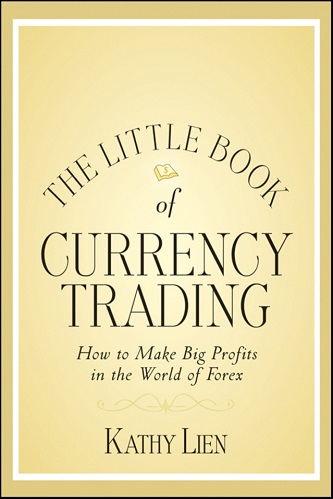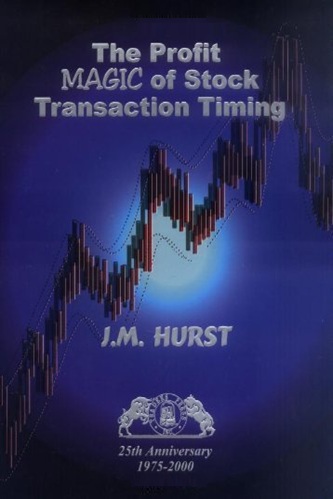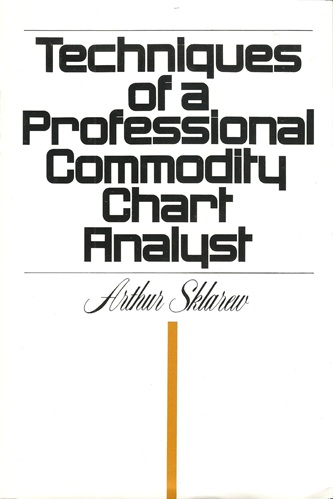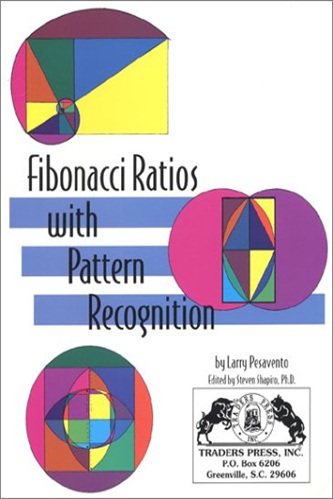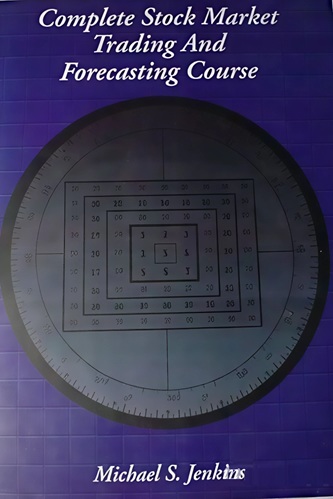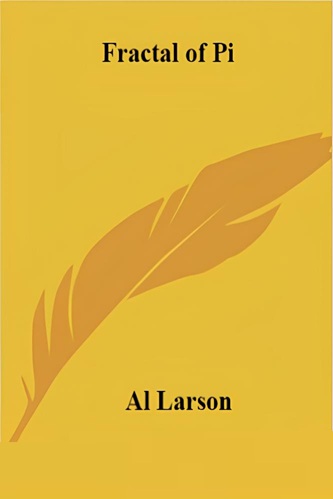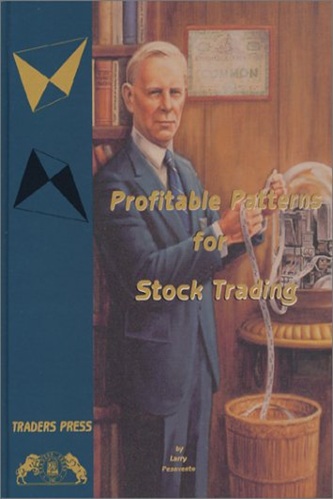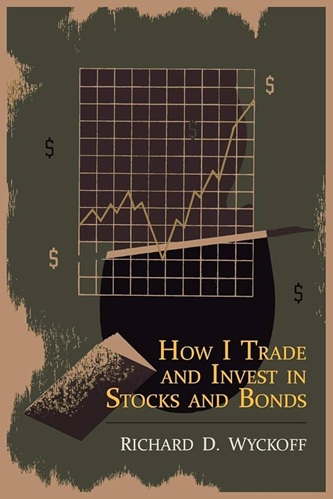The Little Book of Currency Trading: How to Make Big Profits in the World of Forex
$13.04
| Author(s) | |
|---|---|
| Format |
|
| Pages |
191 |
| Publication Year |
2011 |
Written by forex expert Kathy Lien, The Little Book of Currency Trading will show you how to effectively invest and trade in today’s biggest market. Page by page, she describes the multitude of opportunities possible in the forex market, from short-term price swings to long-term trends, and details practical products that can help you achieve success, such as currency-based ETFs.
Author’s Note:
One increasingly popular way of capitalizing on the up and down movements in the financial markets is through currencies. Between 2004 and 2010, the daily turnover or volume in the forex market more than doubled from $1.9 trillion to $4 trillion. Before the technology boom, investing and trading in the forex market was limited to institutional investors, hedge funds, and other deep-pocketed players. However, that changed when foreign exchange brokers brought their platforms online and made the market available to individual traders. Since then the number of people trading forex has exploded and it is only expected to grow. Many people have already discovered forex trading—it may be time for you to learn why the market has become so popular, too.
Foreign exchange movements touch everyone’s lives in one way or another. Whether you’ve traded forex before or not, you’ve bought and sold currencies. If you’ve traveled abroad or bought something on eBay from a seller in another country, that counts! Or if you are a small-business owner, you trade forex when you buy and sell products imported from other countries.
Maybe you think you’re exempt from needing to know about forex trading because you invest solely in U.S. stocks. But that’s not true anymore. If the companies you invest in have any foreign operations or payables and receivables in different currencies, you’re still exposed to currency risk. As a result, it is important for any trader or investor to stay on top of exchange rates and to know how much currencies are worth. Of course, the sharp increase in foreign exchange trading activity is not just due to people following currencies. Investors and traders are participating in the market for speculation, hedging, investment, and other transactional purposes.
There are many different ways to trade currencies; one of the best ways to get started is to trade what you know. Big stories and headlines in the financial markets that affect equities will generally affect currencies. So if you hear a story that is bad for a country’s economy or gives foreign investors cause to be nervous, then there is a chance that investors will panic and bail out of the currency. When people panic, they always sell first and ask questions later. If the news is significant enough, it might also have a lasting impact on the currency. The Little Book of Currency Trading is dedicated to teaching you some skillful ways of turning headlines into trading opportunities.
Contents:
- When Lightning Strikes
- Rubles and Bahts and Euros—Oh, My!
- The A to Zs of Forex
- Step Right Up
- Movers and Shakers
- The Investor versus the Trader
- What All Winners Do
- So You’re an Investor?
- So You’re a Trader?
- Risky Business
- The Top 10 Mistakes
- Greetings from Nigeria, Please Help!
- Getting Down to Business
- Crash, Burn, and Learn
- Start Smart
The Little Book of Currency Trading: How to Make Big Profits in the World of Forex By Kathy Lien pdf

